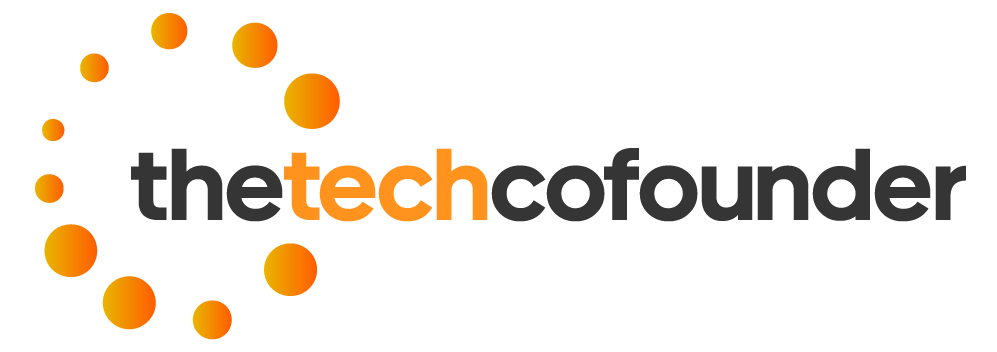Customer data platforms (CDPs) are marketing technology tools that create persistent, unified customer profiles. They gather various first-party data from multiple systems and sources, all in a privacy-safe manner.
This data goes through several processes, including integrating, cleaning and organizing, matching, and identity resolution. This is all done in real-time for accurate and optimized customer profiles.
Real-time Analysis
Unlike older tools that created silos of information, such as CRMs for sales data and DMPs for media planning and execution, CDPs provide unified access to marketing intelligence. With a single unique identifier linking all customer data across all systems and channels, marketers can see how individual customers use products, what kinds of services they receive, how frequently they engage with the company on social media, and other aspects of their relationship.
As a centralized hub, a CDP can collect customer data from all martech systems, including CRMs, email marketing tools, DMPs, and ad networks. This enables them to provide real-time analysis and create more personalized marketing campaigns to increase customer lifetime value and reduce churn.
CDPs also offer a variety of analytics, such as predictive scoring, that can help identify which customers are most likely to churn or purchase from a brand in the future. This data can then be shared with other martech tools for campaign activation.
A CDP streamlines integrating this data by providing out-of-the-box (or native) connectors for many martech tools, such as DMPs, CRMs, and email marketing platforms. This allows companies to save time, money, and resources on custom integrations that would otherwise be required. They can then focus on what matters most — creating and managing the best possible customer experiences that drive more revenue.
Personalized Marketing
During every interaction, customers leave behind bits of information – first-party data – that can be used to create personalized marketing. A CDP ingests, normalizes, and combines this data into unique, unified customer profiles. Other martech systems can access these profiles for data-driven processes such as segmentation, identity resolution, analytics, and website personalization.
This data-driven approach to personalized marketing can be compelling. Customers are often more willing to share their information with brands they trust if it means they get more relevant ads, offers, and content. This translates into higher customer retention, which ultimately can drive double-digit revenue growth.
Unlike data management platforms (DMPs), which are focused on 3rd party data and have limited integration capabilities, CDPs focus more on 1st-party data and provide robust integration with omnichannel marketing tools. They also support native execution features such as website personalization, which can save marketers hours by eliminating the need to upload and sync data manually.
Although customer data platform software is sometimes confused with CRM solutions, they are designed for marketing. The marketing department controls them, whereas CRM solutions are designed for sales and can only be accessed by those in that division. CDPs can use real-time data to enable marketing teams to respond to customers faster and more effectively.
Improved Customer Experience
A CDP ingests first-party data from every channel, standardizing and organizing the information into a single database. It can then match and combine the resulting profile data with other systems using a unique identifier for each customer.
This makes it easier for marketers to get a complete picture of each individual, so they can offer personalized experiences that drive conversions and loyalty. Unlike previous marketing technology solutions, which were siloed across marketing and commerce, a customer data platform is designed to connect all departments and channels in real-time for more effective collaboration.
As you can imagine, this is a big deal. Previous systems often took hours to connect data from different sources, creating a gap between what customers knew and what the company could deliver. Customers increasingly expect the brands they engage with to be connected and updated in real-time, so they can receive relevant and timely engagements that meet their needs.
With a CDP, the data is “owned” by marketing rather than IT, minimizing the need for engineers to collect and process it. This allows marketers to be more responsive to their customer’s needs, increasing marketing velocity and the speed at which campaigns are launched. It also allows for faster data analysis, enabling companies to take advantage of predictive analytics and other strategy-building tools that were previously unavailable because of the inability to access and utilize their data consistently.
Increased Revenue
When data is shared across departments, it creates a unified view of the customer. This allows for the use of data that was previously siloed to improve marketing efforts and increase sales. For example, a customer support rep can access previous customer service conversations to identify cross-sell and upsell opportunities. The marketing department can then use this information to create relevant, personalized campaigns.
A CDP gathers your raw data and centralizes it into a single database. This database contains everything your business knows about your customers, whether from purchasing decisions or email and website content engagement. Once the information is in a database, it can be organized and segmented infinitely.
The CDP then uses processes to organize and standardize the data into a single unified profile, reducing or eliminating duplications and inaccuracies. This is called identity resolution. The system then enriches the profiles with first, second, and third-party data to fill in gaps or update no longer accurate attributes.
Any tool integrated with the CDP can then access the unified profile. This includes CRM systems, marketing automation tools, e-commerce platforms, and Mulesoft. The platform can pull in data from all these systems automatically and in real time, making it easier for teams to get the insights they need to make intelligent marketing decisions.







